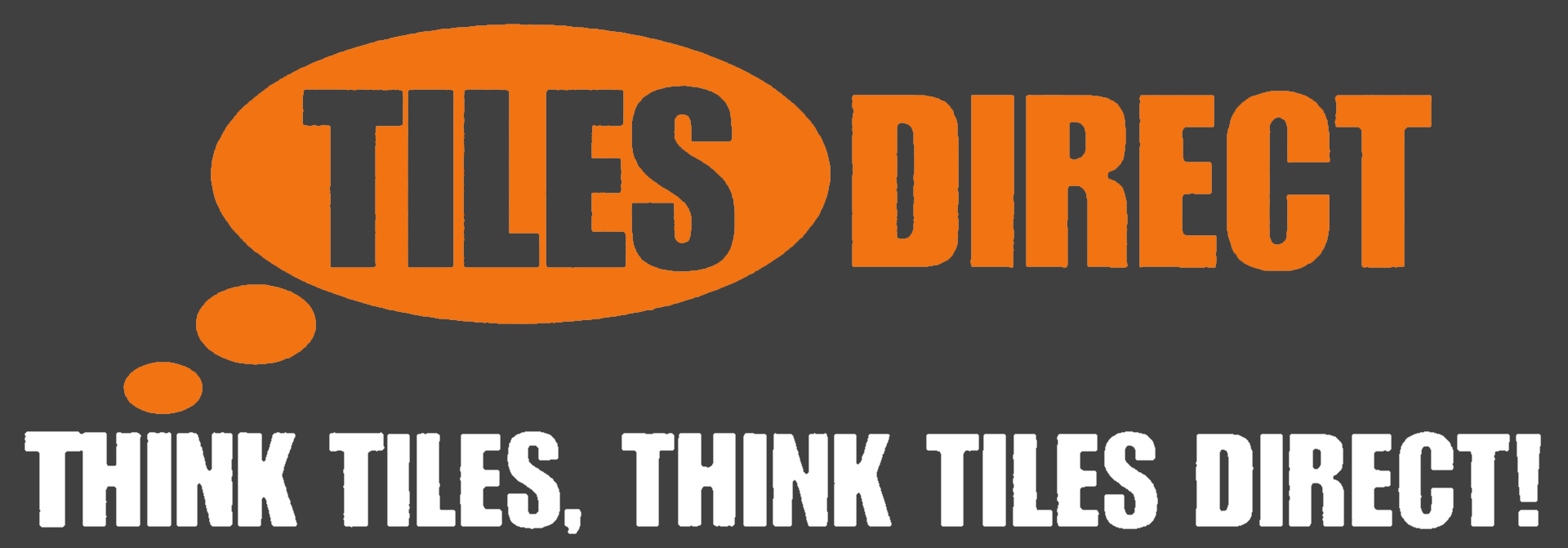Installing a beautiful Pergo floor is now faster and easier than ever. Our innovative PerfectFold™ 3.0 click system is available with Pergo laminate floors at all quality levels. Just click the planks together using the method that works best for you and you’ll be done in no time. There’s no risk of damaging them, either. Even if you want to reinstall some planks, PerfectFold™ 3.0 makes it easy to lift them up and put them down again whenever you need to.
No easier way than Pergo
With three different ways to install planks, PerfectFold™ 3.0 makes installation perfectly simple:








































